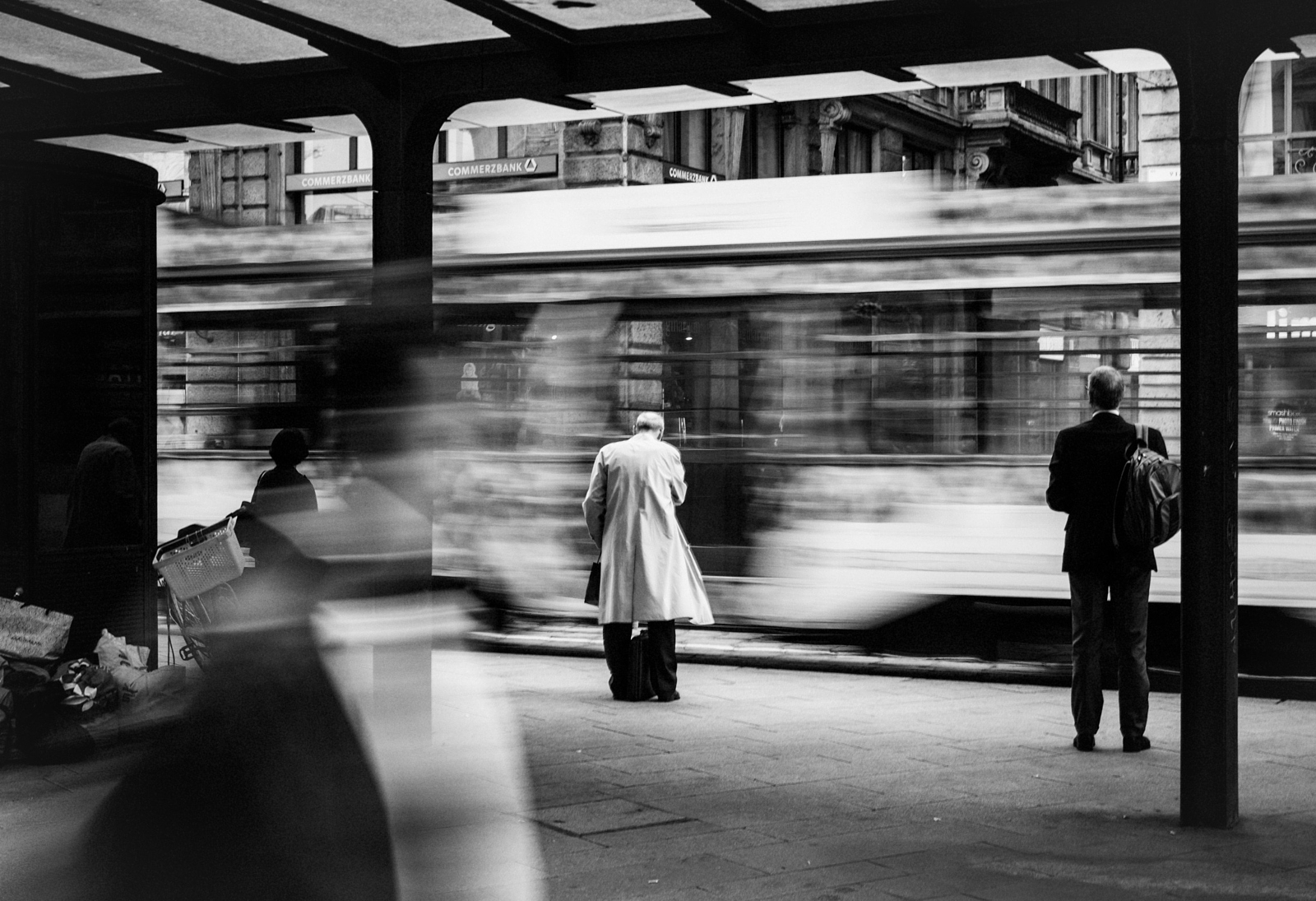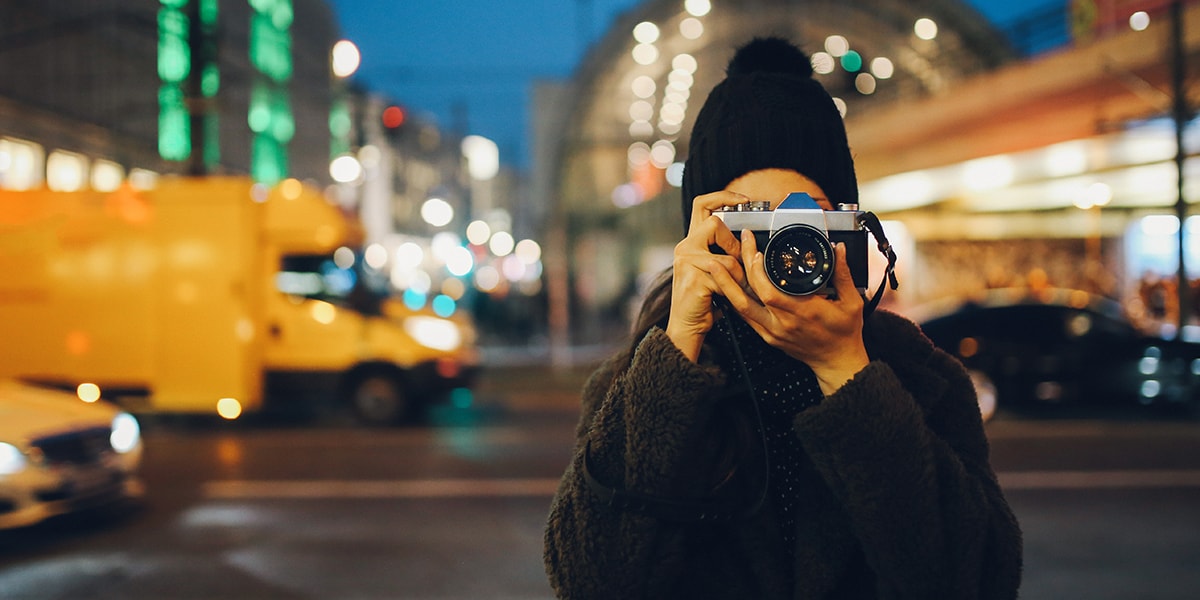Framing Streets - An Overview
Table of ContentsFraming Streets Can Be Fun For EveryoneFraming Streets Can Be Fun For AnyoneFraming Streets Fundamentals ExplainedFraming Streets - The FactsThe Best Guide To Framing StreetsWhat Does Framing Streets Do?
, usually with the aim of capturing pictures at a decisive or emotional moment by mindful framing and timing. https://davidturley33101.wixsite.com/my-site/post/framing-streets-mastering-the-art-of-street-photography.
What Does Framing Streets Do?
Susan Sontag, 1977 Road photography can focus on individuals and their actions in public. In this respect, the street digital photographer is comparable to social documentary digital photographers or photographers who likewise function in public places, however with the purpose of capturing relevant events. Any of these digital photographers' photos might catch individuals and residential property noticeable within or from public locations, which usually requires browsing moral concerns and regulations of personal privacy, security, and property.
Representations of daily public life form a style in nearly every period of world art, starting in the pre-historic, Sumerian, Egyptian and early Buddhist art durations. Art taking care of the life of the street, whether within sights of cityscapes, or as the dominant concept, shows up in the West in the canon of the Northern Renaissance, Baroque, Rococo, of Romanticism, Realism, Impressionism and Post-Impressionism.
The smart Trick of Framing Streets That Nobody is Talking About
Louis Daguerre: "Boulevard du Holy place" (1838 or 1839) In 1838 or 1839 the first photo of numbers in the street was taped by Louis-Jacques-Mand Daguerre in one of a pair of daguerreotype sights taken from his workshop home window of the Boulevard du Holy place in Paris. The second, made at the height of the day, reveals an unpopulated stretch of road, while the various other was taken at about 8:00 am, and as Beaumont Newhall reports, "The Boulevard, so frequently filled with a moving bunch of pedestrians and carriages was perfectly solitary, except a person that was having his boots brushed.
, who was motivated to embark on a similar documents of New York City. As the city created, Atget assisted to promote Parisian roads as a deserving subject for digital photography.

The Greatest Guide To Framing Streets
Andre Kertesz.'s commonly admired Images la Sauvette (1952) (the English-language edition was titled The Crucial Minute) advertised the idea of taking a photo at what he called the "definitive minute"; "when type and material, vision and composition combined right into a transcendent whole" - Lightroom presets.
5 Simple Techniques For Framing Streets
The recording machine was 'a concealed cam', a 35 mm Contax hidden beneath his layer, that was 'strapped to the chest and attached to a long cord strung down the best sleeve'. His work had little modern influence as due to Evans' level of sensitivities regarding the creativity of his project and the privacy of his topics, it was not published up until 1966, in the publication Numerous Are Called, with an intro created by James Agee in 1940.
Helen Levitt, then an instructor of kids, connected with Evans in 193839. She recorded the temporal chalk illustrations - sony a9iii that were part of kids's road culture in New york city at the time, along with the children who made them. In July 1939, Mo, MA's brand-new photography section consisted of Levitt's operate in its inaugural exhibitRobert Frank's 1958 publication,, was significant; raw and usually indistinct, Frank's photos questioned mainstream digital photography of the time, "tested all the formal policies set by Henri Cartier-Bresson and Pedestrian that site Evans" and "flew in the face of the wholesome pictorialism and genuine photojournalism of American publications like LIFE and Time".